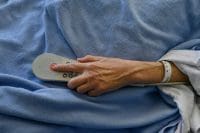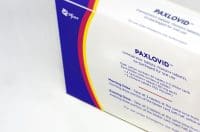Despite the everyday use of anesthesia by health professionals, it is still a scientific mystery. Scientists from Scripps Research conducted a study in order to better understand the mechanisms of general anesthetics.
Researchers used nanoscale microscopy, cell studies, and experiments in fruit flies to conduct their tests. They observed what happened to cells when they were exposed to chloroform, and found that the chloroform disrupted the cell membrane’s lipid clusters. Normally tightly-packed, the lipid clusters spread out into “highly disordered structures.” During this process, they paid careful attention to an enzyme called PLD2, and found that it played an important role in generating the effects of anesthesia.
Though there is still more research to be done, the conclusions of the study have implications in the research of sleep generation, the consciousness, and “conditions related to these states.”
To read more about this study, please click here.
Source: https://www.pnas.org/content/117/24/13757


















